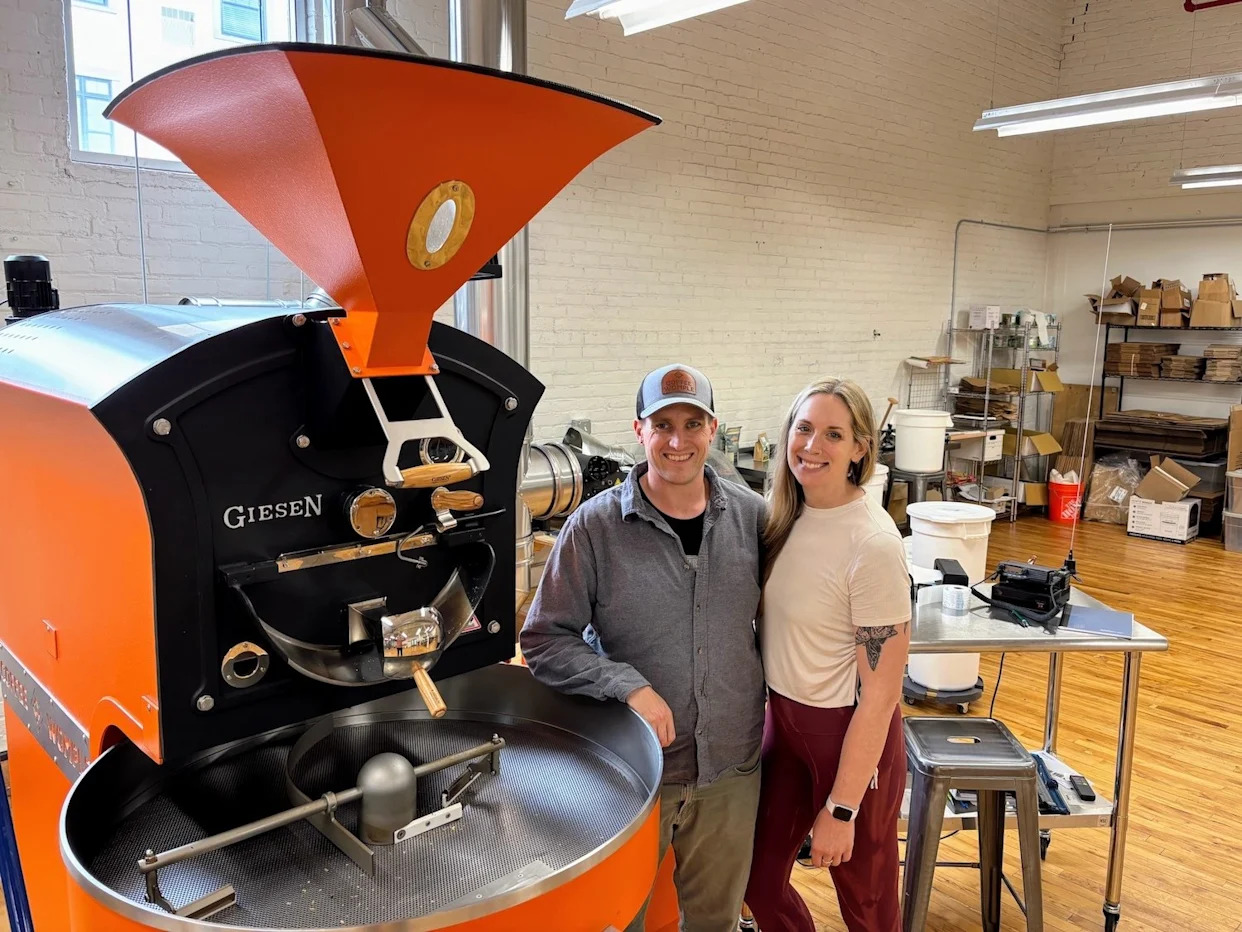
Some people had sourdough to help get them through the pandemic.
Zach Whitney had coffee beans.
The former barista began experimenting during the COVID-19 lockdown with a small, electric coffee roaster, seeing what flavors he could coax from tiny batches of fresh beans in his suburban Minneapolis kitchen.
“Unlike homebrew [beer], people wanted my coffee,” Whitney quipped about the early results he shared with friends.
Small electric appliances have long been an entry point for at-home coffee roasting, which like other craft hobbies saw an uptick during the pandemic. Almost all commercial roasting today, however, happens in gas-powered machines, which tend to come with more scale and precision — and greenhouse gas emissions — compared to electric options.
A trend toward electric coffee roasting has been percolating for years, though, and COVID-era coffee tinkerers like Whitney are helping to pique interest in electric roasting technology. Manufacturers are betting on an electric future, too, rolling out larger and smarter electric roasting machines aimed at competing with gas on quality and convenience, as well as providing climate benefits.
As Whitney’s hobby grew into a side business, he and his partner Nicole Bolea were determined to minimize their climate impact and saw electrification as the best way to do that. “We've always roasted on electric, and that's always been a part of our focus,” Whitney said.
They founded Coffeewomple in 2022, roasting small batches of beans at home to sell at farmers markets. They soon outgrew their tiny countertop setup — which allowed them to roast roughly two 1-pound bags of coffee per batch — and they spent months searching for a commercial-scale upgrade that would get them closer to 30 bags per batch. The problem: Most electric roasters were not even half that size.
At one point Bolea, a chemical engineer by trade, began to seriously explore a system for capturing carbon emissions if they had to resort to a gas roaster in order to grow the business. Then, after a flurry of searches and cold emails, Coffeewomple connected with a Dutch manufacturer called Giesen Roasting Solutions, which had just announced the largest commercially available electric coffee roaster.
“I was getting frustrated that we couldn’t find anything, and so I was just Googling and then bugged them,” Bolea said.
Giesen planned to showcase its W15E roaster at the April 2024 Specialty Coffee Expo in Chicago. A few months before the event, Bolea and Whitney signed a deal to buy the machine after it was displayed at the expo, saving some on shipping costs and significantly shrinking the typical lead time to receive a new commercial roaster.
It wasn’t a financial decision. They estimated the electric roaster cost 20% to 30% more than a similar gas version would have — “significant but not prohibitive of making the numbers work in our business,” Bolea said — while their electric bills have been higher than what they would likely have paid for gas.
Another challenge was finding physical space to rent in their price range with enough electric capacity to power the machine, which requires an alternating current of 400 volts. (Whitney, a building electrical designer by trade, had to come up with a system to run the European machine on U.S. voltage.) They eventually found a location in a former Ry-Krisp factory in Southeast Minneapolis.
The roasting process itself has been almost identical to gas, Whitney said, and despite the added costs and hurdles, the couple has no regrets about going electric for the environmental benefits.
A comprehensive number for coffee industry emissions is hard to come by, but studies have found most of its climate impact comes from planting, harvesting, and on-farm processing. The roasting step likely accounts for somewhere between 5% and 15% of the beverage’s emissions profile (and much less if you include milk).
Coffeewomple was the first U.S. customer for Giesen’s large electric roaster — which can churn out about 33 pounds of coffee per batch — but the manufacturer has since sold a handful more here, according to sales manager Joost van Buitenen. The feedback so far has been positive, he said. “Especially here in Europe, and also in the U.S., I see more and more inquiries for electric roasters, so I think it will be the future,” van Buitenen said.
He attributed much of the demand to places where access to natural gas is limited, either by infrastructure or policy, as well as areas where government incentives exist to switch to electric equipment.
Giesen isn’t the only company betting on an electric coffee roasting future. Berkeley, California-based Bellwether Coffee has drawn attention from investors and coffee influencers with a sleek-looking, touchscreen-equipped electric coffee-roasting kiosk meant to automate the process for cafes and restaurants.
Mill City Roasters in Minneapolis manufactures and sells small electric coffee roasters and also teaches classes on the roasting process. Owner Steve Green is skeptical about building a business around existing electric roasting technologies, but he’s seen enough interest from customers that he is working with an engineer to design a larger, higher-performing electric roaster.
“All coffee roasters will eventually turn beans brown, but the challenge is to build a system that is precisely controllable enough to get something better out of the machine,” Green said.
“The big challenge is that coffee changes the way it takes heat all throughout the roast,” he said. There are points in the process where you need to quickly dial heat up or down. “You can do that with electricity, but you can’t do it as well as you can with gas. You really have to think a minute or a minute and a half ahead, as opposed to a gas system, where you are probably thinking 15 to 30 seconds ahead. It’s not impossible.”
Van Buitenen, of Giesen, compared the differences to those between electric and gasoline-fueled vehicles. They may handle differently, but that doesn’t mean one type is inferior to the other.
The move toward electric coffee roasting is part of a broader push to reduce emissions from food and beverage processing and manufacturing, the fourth largest source of U.S. industrial heat emissions following refineries, chemicals, and iron and steel, according to a 2023 report by the Renewable Thermal Collaborative. Almost all of the fossil-fueled heat needed to make food and drinks could be replaced with existing solar thermal or electrification technologies, the group says.
“The technology is often quite mature, but it’s taking that technology and outfitting it for a particular facility or operation that takes some level of ingenuity,” said Brandon Isakson, managing director for industry at the St. Paul, Minnesota-based clean energy nonprofit Fresh Energy.
In a state like Minnesota, where natural gas remains relatively cheap, many of the conversions to electric process heat are driven by concerns about climate change, but state incentives are also helping to move the needle. Isakson pointed to a climate-smart food systems grant program in Minnesota that includes $60 million for industrial innovation that reduces emissions.
At their roasting facility in Southeast Minneapolis, Whitney and Bolea continue to look for ways to reduce their environmental impact while expanding their reach. They pay a premium for compostable packaging and use reusable buckets for larger customers.
“We're both very passionate about the environment,” Bolea said, “and so doing it in a more sustainable way has always been at the core.”

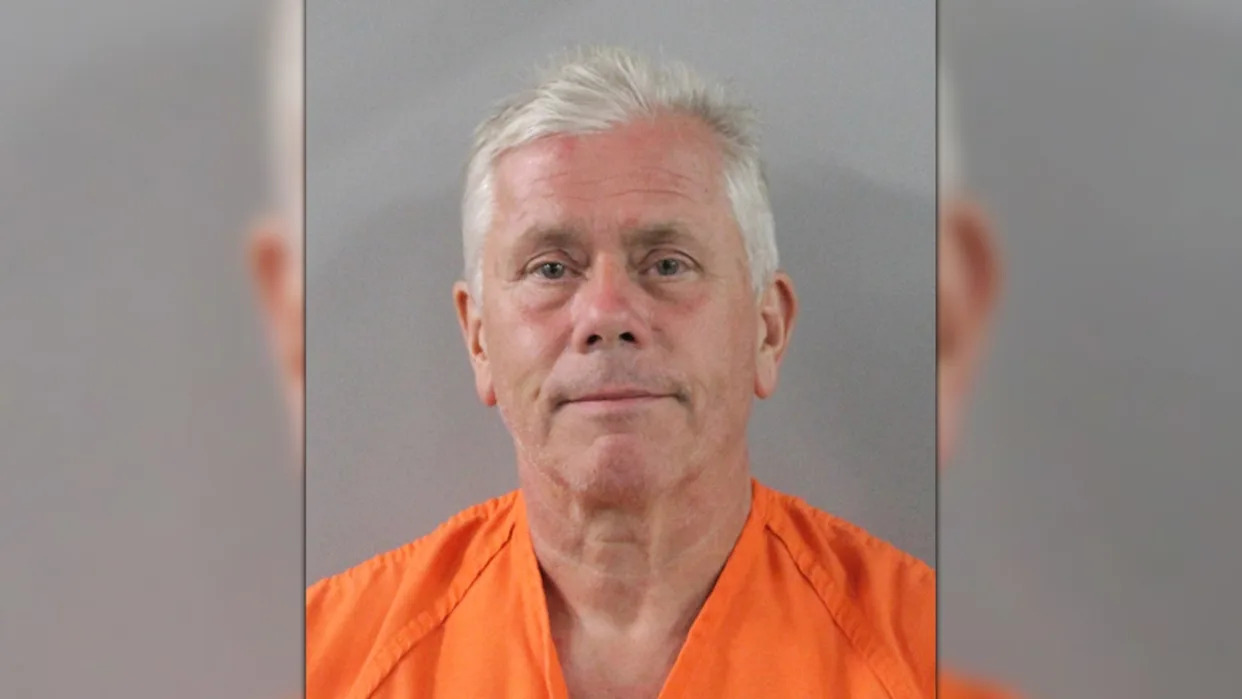
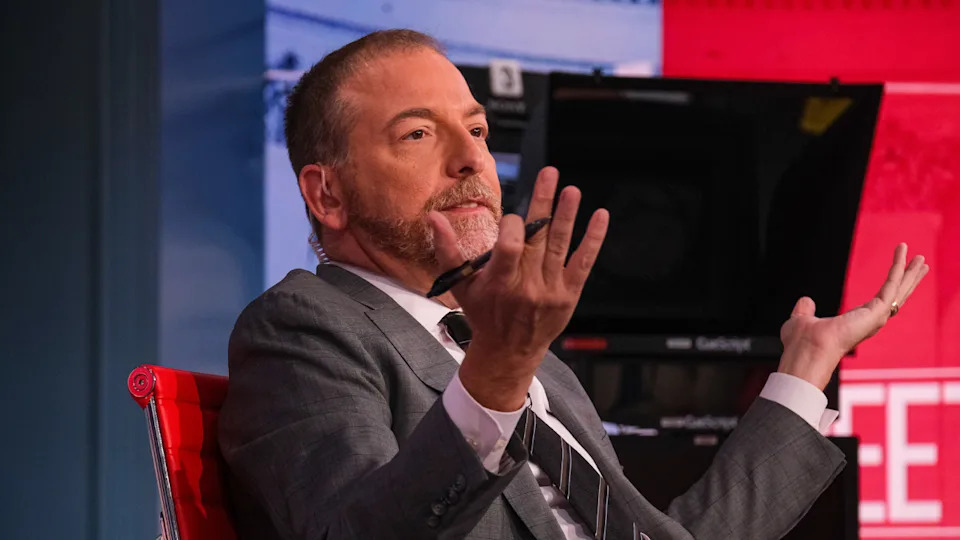

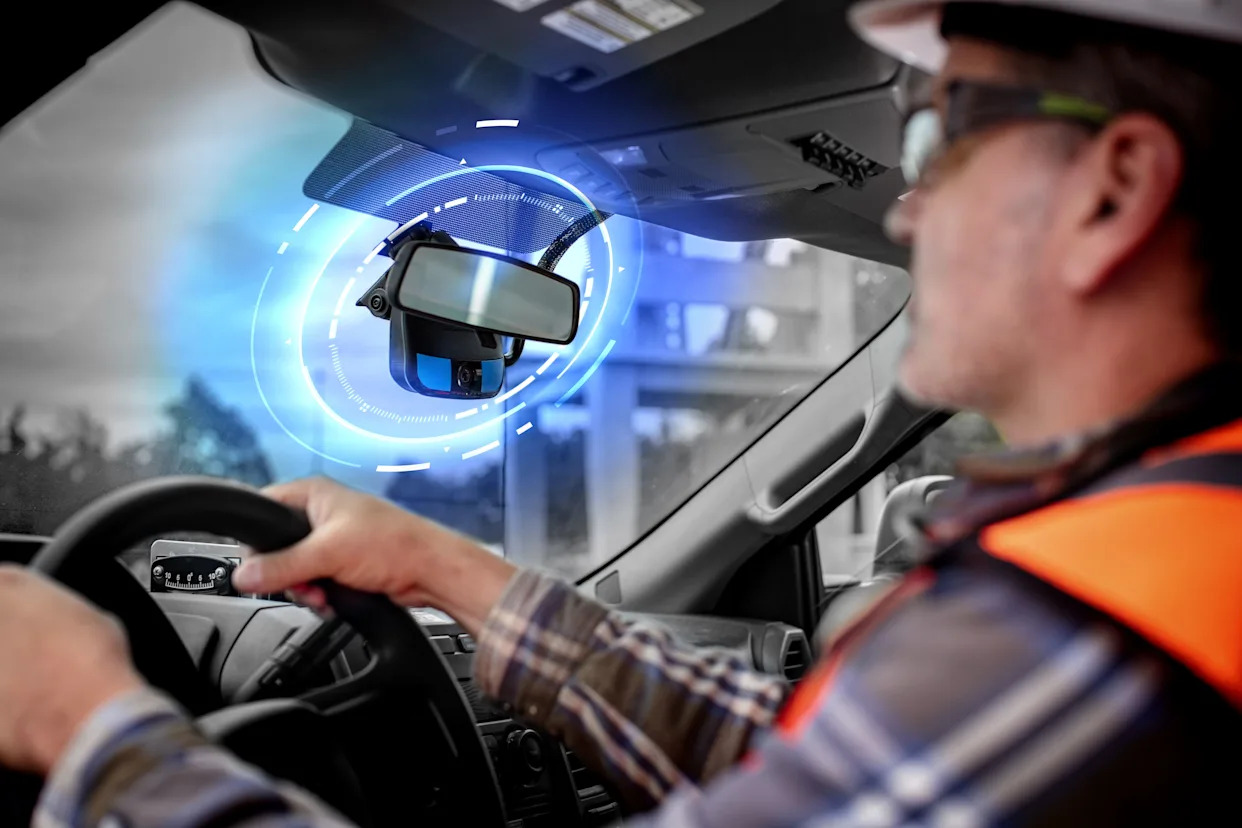
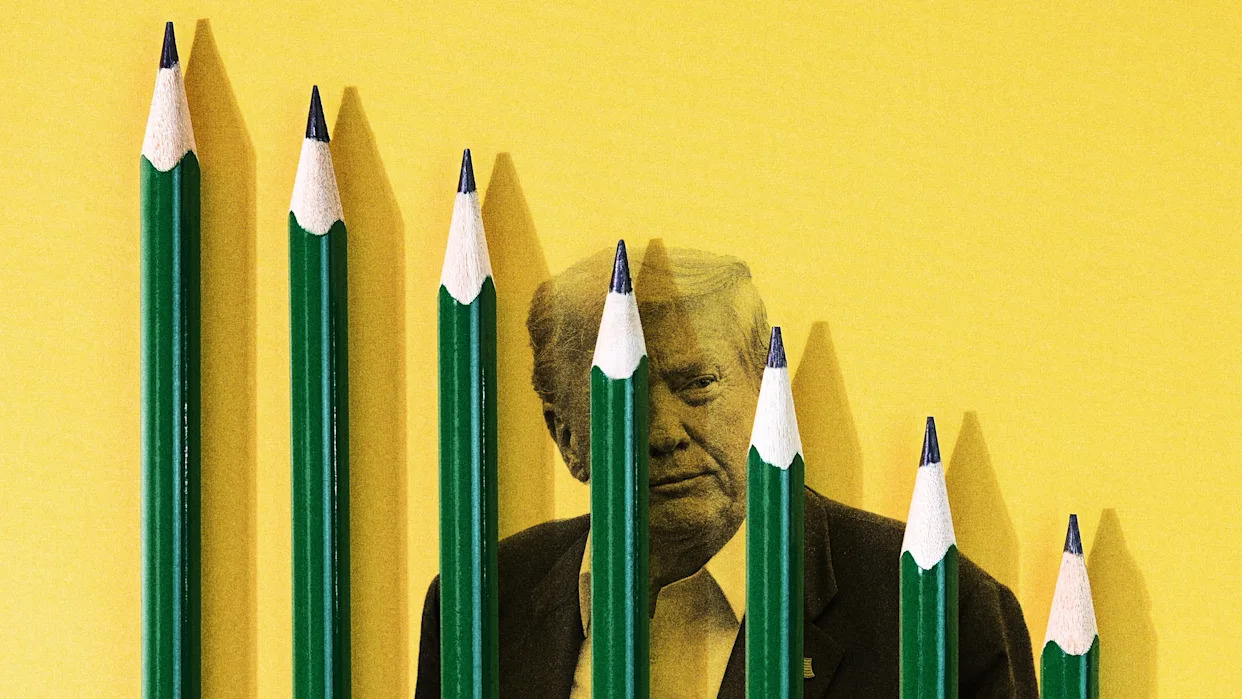

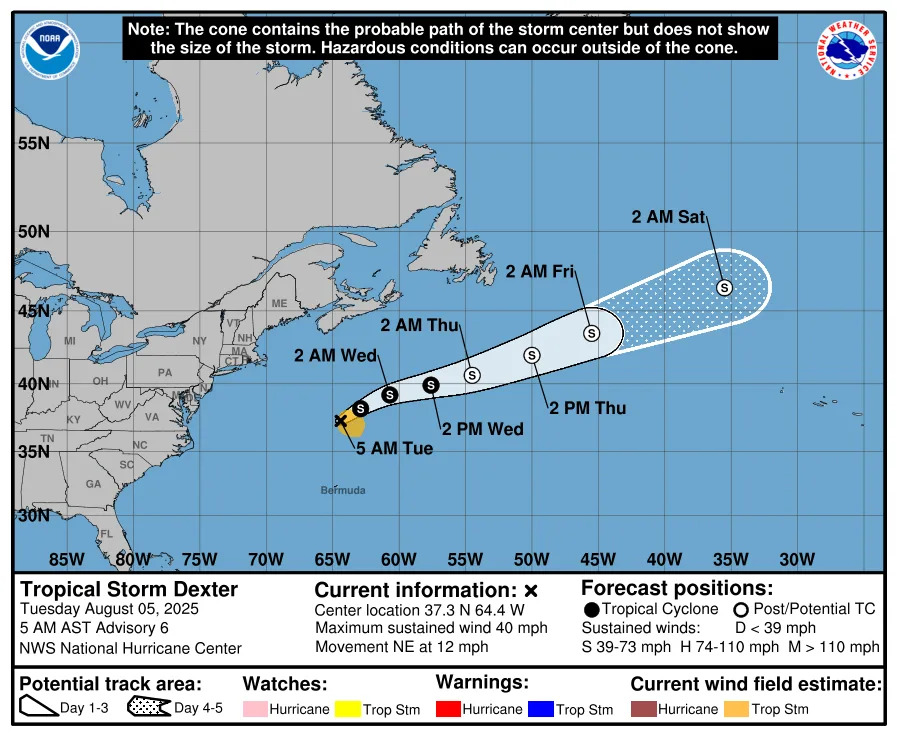
Comments